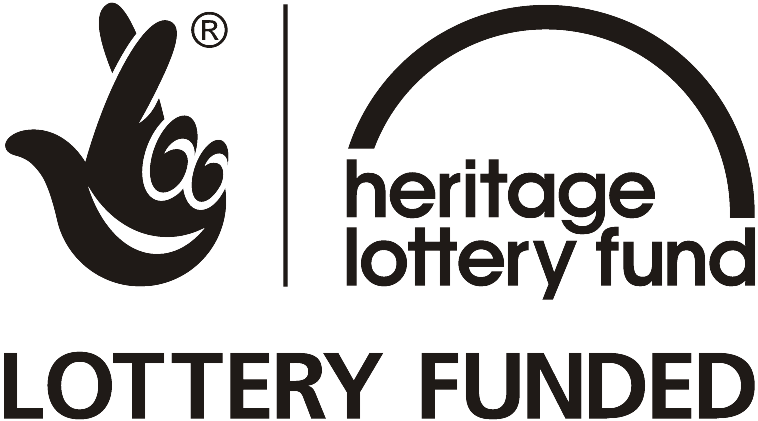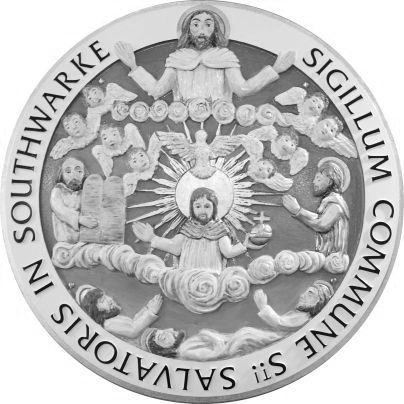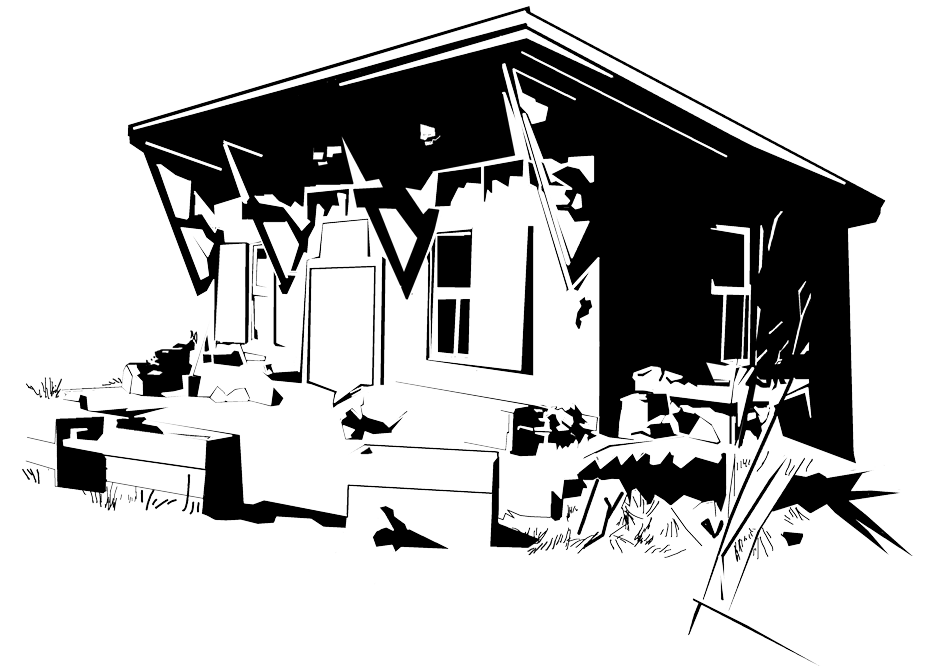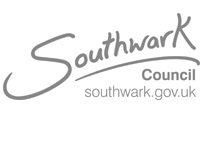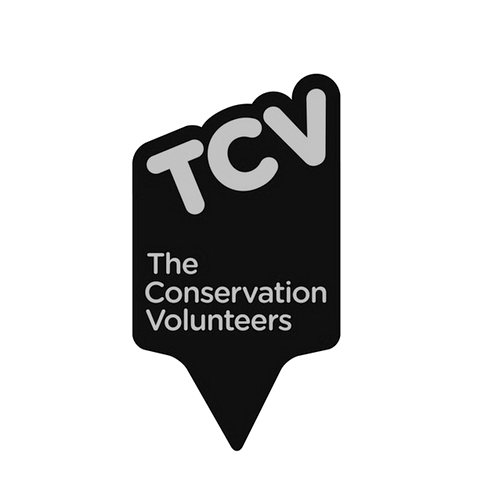Four seasonal walks leaving from the SHED, Timber Pond Road, Rotherhithe, London SE16 6AX (behind Bacon's College)
Analogue pinhole photographs taken on site during a 2016 residency by Ky Lewis - kylewis.co.uk.
Photographs from Stave Hill Ecological Park - A Selected Archive at archive.org.
Text by Soundcamp and Rebeka Clark.
Map of Stave Hill Ecological Park, drawing, ink on paper, c. 1980s, from the archive of Stave Hill Ecological Park / Trust for Urban Ecology, archive.org.
Langland, William: Piers the Plowman, Prologue, B-text (second version), London, OUP 1924, p 2.
Bumblebee descriptions adapted from Edwards, Mike and Martin Jenner: Field Guide to the Bumblebees of Great Britain and Ireland, Ocelli 2005.
Bush cricket and grasshopper song descriptions adapted from www.orthoptera.org.uk/.
Stinging nettle description adapted from en.wikipedia.org/wiki/Urtica_dioica.
Designed by Sam Baraitser Smith.
Produced by Uniformbooks 2017.
Website by Max Baraitser Smith.
Stave Hill Ecological Park was created in 1986 on land administered by the London Dockland Development Corporation. It is the successor to the William Curtis Ecological Park, the UK's first urban ecology park, set up in 1977 near Tower Bridge by the Trust for Urban Ecology. TRUE subsequently merged with BTCV, now the Trust for Conservation Volunteers (TCV), who now manage the site for Southwark Local Authority.
One of a series of booklets produced by soundCamp as part of the residency: '30 Years of Urban Ecology at Stave Hill in Docklands' supported by the Heritage Lottery Fund - stavehill.soundtent.org
Design and printing was made possible by a Community Engagement grant from the United St Saviour's Charity, which has existed in the North of Southwark since at least 1541. USTSC aims to improve the lives of local people and strengthen their communities by providing almshouses for older residents and through its grant-making program.
